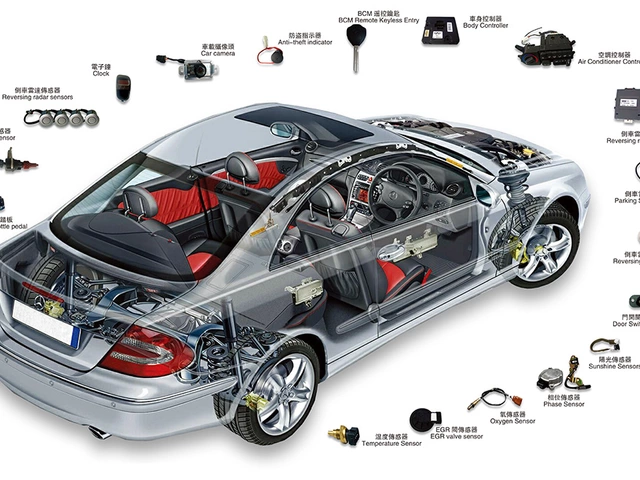Climate Tech: How Motorsports Is Going Green
Motorsport fans love speed, sound, and spectacle, but the industry is finally waking up to its carbon footprint. From electric superbikes to recycled chassis, climate tech is turning the track into a testing ground for real‑world green solutions. If you’ve ever wondered how your favorite sport can stay fast and become eco‑friendly, you’re in the right spot.
Electric Power Is No Longer a Dream
Electric racing series like MotoE and Formula E have moved from novelty to headline act. Modern battery packs now deliver the torque and range needed for a full race, and teams are sharing that data with car makers to improve road‑legal EVs. The biggest win? Zero tailpipe emissions on race day, which means cleaner air for the venue and the surrounding community.
Sustainable Materials and Design Tricks
Beyond electric power, climate tech is cracking down on waste. Carbon‑fiber composites made from recycled plastic bottles are replacing virgin materials in bike frames and car bodies. Even the paints used are low‑VOC, reducing harmful fumes. These changes shave off weight, boost performance, and cut the environmental cost of manufacturing.
Teams are also experimenting with bio‑fuels and synthetic gasoline that burn cleaner than traditional petroleum. The goal isn’t to replace the fuel overnight but to lower the carbon intensity of every lap. Some championships have set targets to run a certain percentage of races on these alternatives within the next five years.
Another practical step is the use of solar‑powered paddocks. Portable panels generate electricity for tools, lighting, and even charging stations for electric bikes. When the sun isn’t out, energy storage systems step in, ensuring a steady supply without relying on diesel generators.
Fans can see climate tech in action at the track. Look for signage that highlights the percentage of renewable energy used for the event, or spot the charging stations where riders top up before the start. Many venues now offer zero‑waste food stalls and recycling bins, turning a day at the race into a greener outing for everyone.
What does this mean for the future? The technology tested on the track often trickles down to street‑legal bikes and cars. A lightweight electric motor designed for a race bike can end up in a commuter scooter, giving you a smoother ride with less battery drain. Similarly, high‑efficiency cooling systems keep engines cool without over‑using water, lowering overall resource use.
Critics argue that the spectacle of racing still draws massive crowds, leading to travel‑related emissions. The industry is tackling that with carbon offset programs, encouraging car‑pooling, and promoting public transport to the venue. Some events even calculate the total carbon output and invest in reforestation projects to balance the numbers.
In short, climate tech isn’t a side project; it’s becoming the backbone of modern motorsports. By embracing electric power, recycled materials, renewable energy, and smarter logistics, the sport can keep its roar while cutting its carbon hoof‑print. Stay tuned, because the next big breakthrough could be on the horizon, and you’ll be the first to hear it on the track.
Enhancing the UK's Climate Tech Landscape: Insights from Sustainable Ventures
Exploring the transformation and future of the UK's climate tech sector, the article delves into insights from Andrew Wordsworth and his work with Sustainable Ventures. As a robust ecosystem aiding startups, the focus shifts towards evolving sector strategies, AI integration, corporate collaboration, and bridging financial gaps. Highlighting significant contributions, Barclays plays a pivotal role whilst government backing fuels growth.









